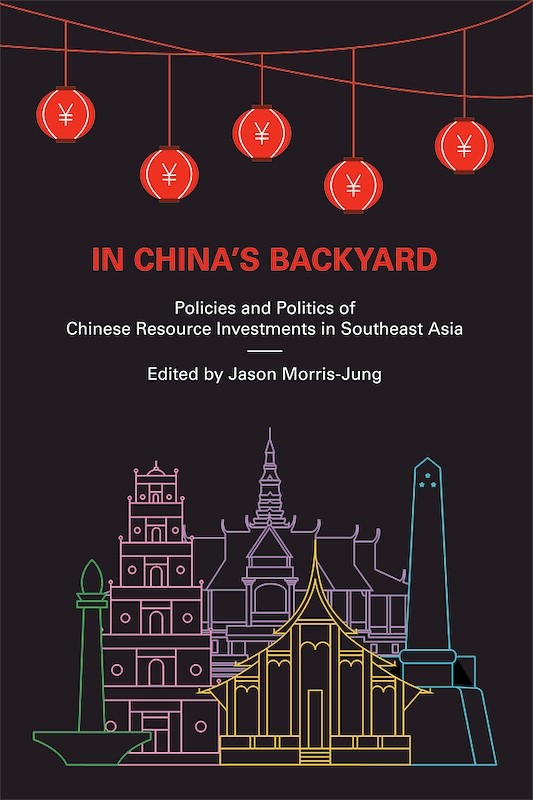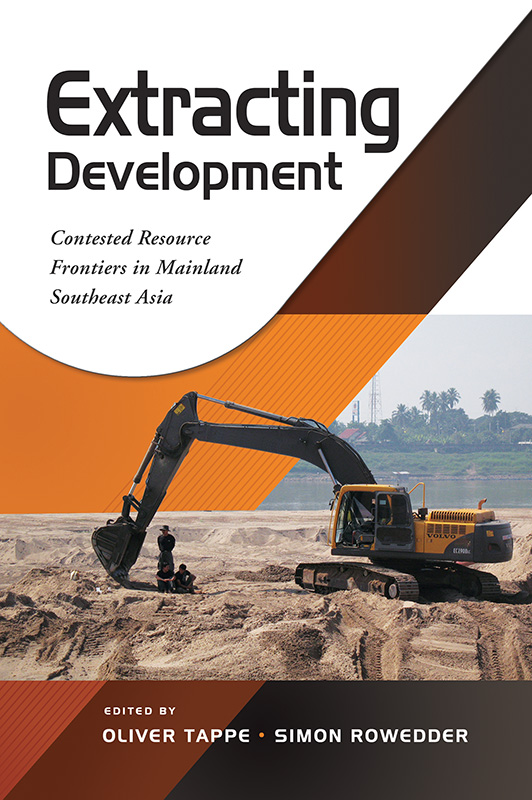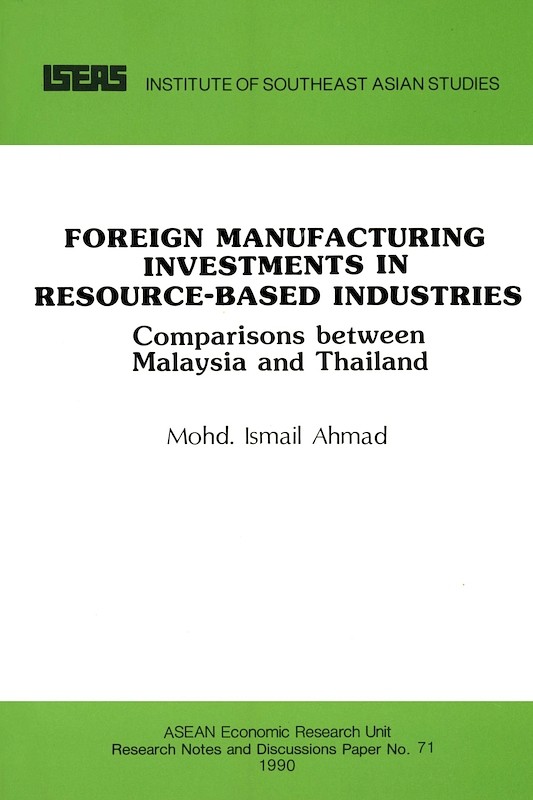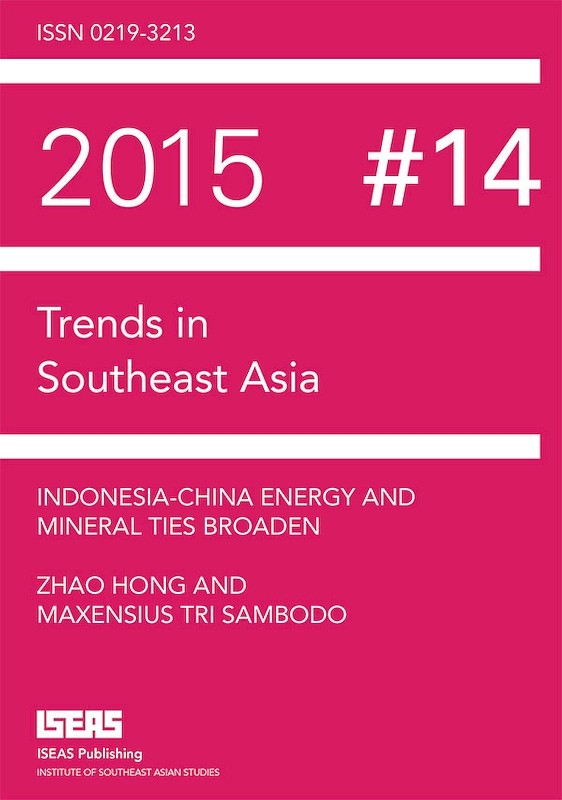In China's Backyard: Policies and Politics of Chinese Resource Investments in Southeast Asia

Jason Morris-Jung, editor
Date of publication:
2017
Publisher:
ISEAS – Yusof Ishak Institute
Number of pages:
332
Code:
PIC249
Soft Cover
ISBN: 9789814786096
Reviews
Andrew Jia Yi Kam, Asian-Pacific Economic Literature, 2019.
The unbiased analyses on the issues and challenges in the relationships with no protagonists, hero, or villain, make this book a gem for scholars. As Alvin A. Camba (Chapter 6) elegantly puts it, 'On one hand, it would be a mistake to see Chinese firms as necessarily more benign actors that enable local development. On the other hand, it would be a mistake to simply paint Chinese investments as exploiters.' This is the most common tone throughout the book. Investment can be an instrument for development as it empowers communities with employment and access to new infrastructure. However, it can also be labelled as 'exploitation' if spillovers from investment activities have negative implications - that is, on the environment, or used as a tool for political leverage in empowering the corrupt."
About the publication
"In this fascinating multi-disciplinary and multi-sited volume, the authors challenge reductionist and oversimplifying approaches to understanding China's engagement with Southeast Asia. Productively viewing these interactions through a 'resource lens', the editor has transcended disciplinary and area studies divides in order to assemble a dynamic and diverse group of scholars with extensive experience across Southeast Asia and in China, all while bringing together perspectives from resource economics, policy analysis, international relations, human geography, political ecology, history, sociology and anthropology. The result is an important collection that not only offers empirically detailed studies of Chinese energy and resource investments in Southeast Asia, but which attends to the complex and often ambivalent ways in which such investments have become both a source of anxiety and aspiration for different stakeholders in the region. It is essential reading for scholars seeking to understand the diverse contours of Chinese investment in Southeast Asia"
— Erik Harms, Department of Anthropology, Yale University
"How have large-scale resource deals between China and the countries of Southeast Asia come to rest in places and peoples lives? This is the question that animates this important book, complicating what is often seen in stark, binary terms. There is no simple answer, as the contributions make all too clear. Local histories and geographies, socio-cultural contexts and national policies all require an excavation of shaping factors and conditions if a semblance of explanation is to be rendered. This book helps us in that process of getting beneath the surface."
— Jonathan Rigg, Director, Asia Research Institute and Raffles Professor of Social Science, Department of Geography, National University of Singapore
Contents
-
In China's Backyard: Policies and Politics of Chinese Resource Investments in Southeast Asia
[Whole Publication, ISBN: 9789814786102], by Jason Morris-Jung, editor -
Preliminary pages
-
1. Introduction, by Jason Morris-Jung, author
-
2. Mixed Motivations, Mixed Blessings: Strategies and Motivations for Chinese Energy and Mineral Investments in Southeast Asia, by Philip Andrews-Speed, Mingda Qiu, Christopher Len, authors
-
3. Mineral Resources in Chinas "Periphery" Diplomacy, by Yu Hongyuan, author
-
4. Energy Entanglement: New Directions for the China–Indonesia Coal Relationship, by Cecilia Han Springer, author
-
5. Indonesia–China Energy and Mineral Ties: The Rise and Fall of Resource Nationalism?, by Zhao Hong, Maxensius Tri Sambodo, authors
-
6. The Direction, Patterns, and Practices of Chinese Investments in Philippine Mining, by Alvin A. Camba, author
-
7. Development Cooperation with Chinese Characteristics: Opium Replacement and Chinese Rubber Investments in Northern Laos, by Juliet Lu, author
-
8. The High Cost of Effective Sovereignty: Chinese Resource Access in Cambodia, by Siem Pichnorak, author
-
9. Complex Contestation of Chinese Energy and Resource Investments in Myanmar, by Diane Tang-Lee, author
-
10. Anti-Chinese Protest in Vietnam: Complex Conjunctures of Resource Governance, Geopolitics and State–Society Deadlock, by Jason Morris-Jung, Pham Van Dai, authors
-
11. Complexities of Chinese Involvement in Mining in the Philippines, by Menandro S. Abanes, author
-
12. Conclusion, by Tai Wei Lim, author
-
Bibliography
-
Index






